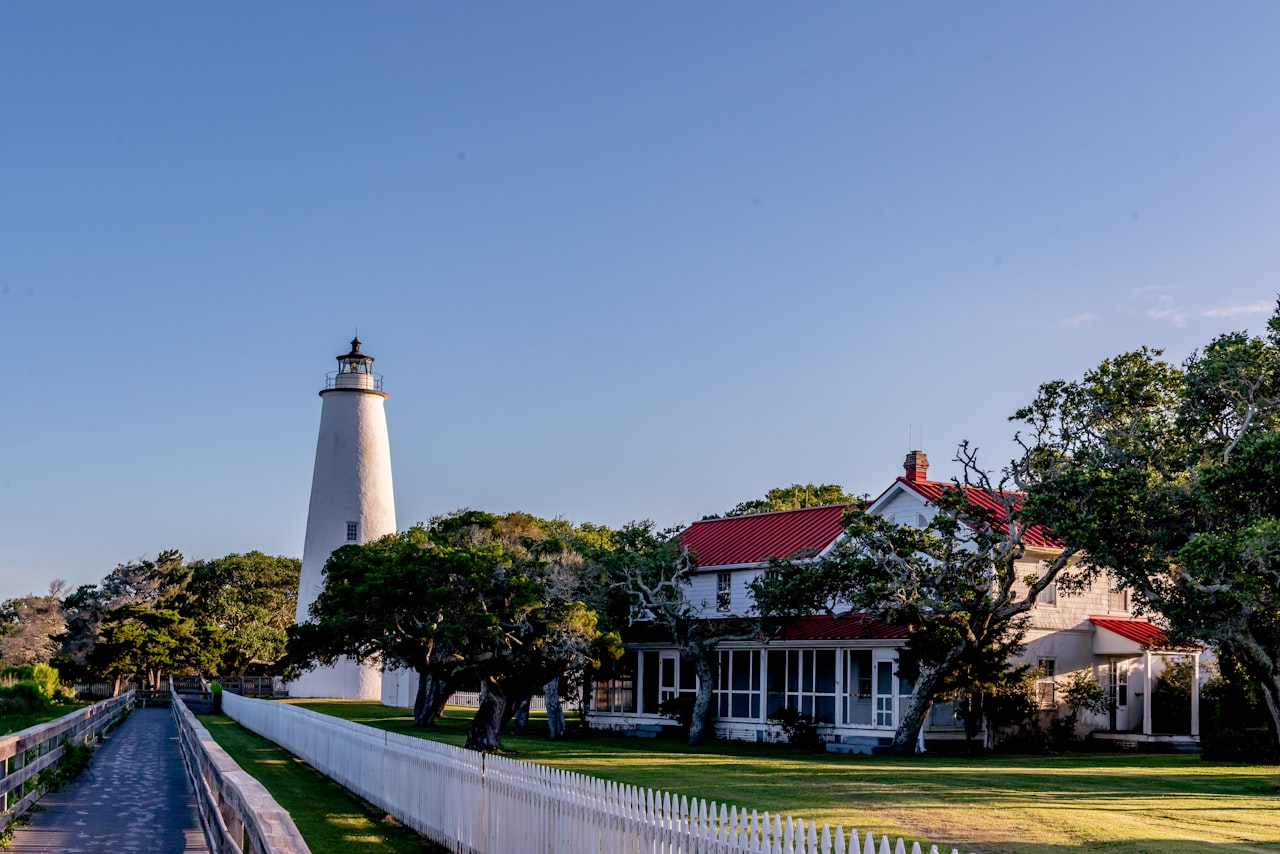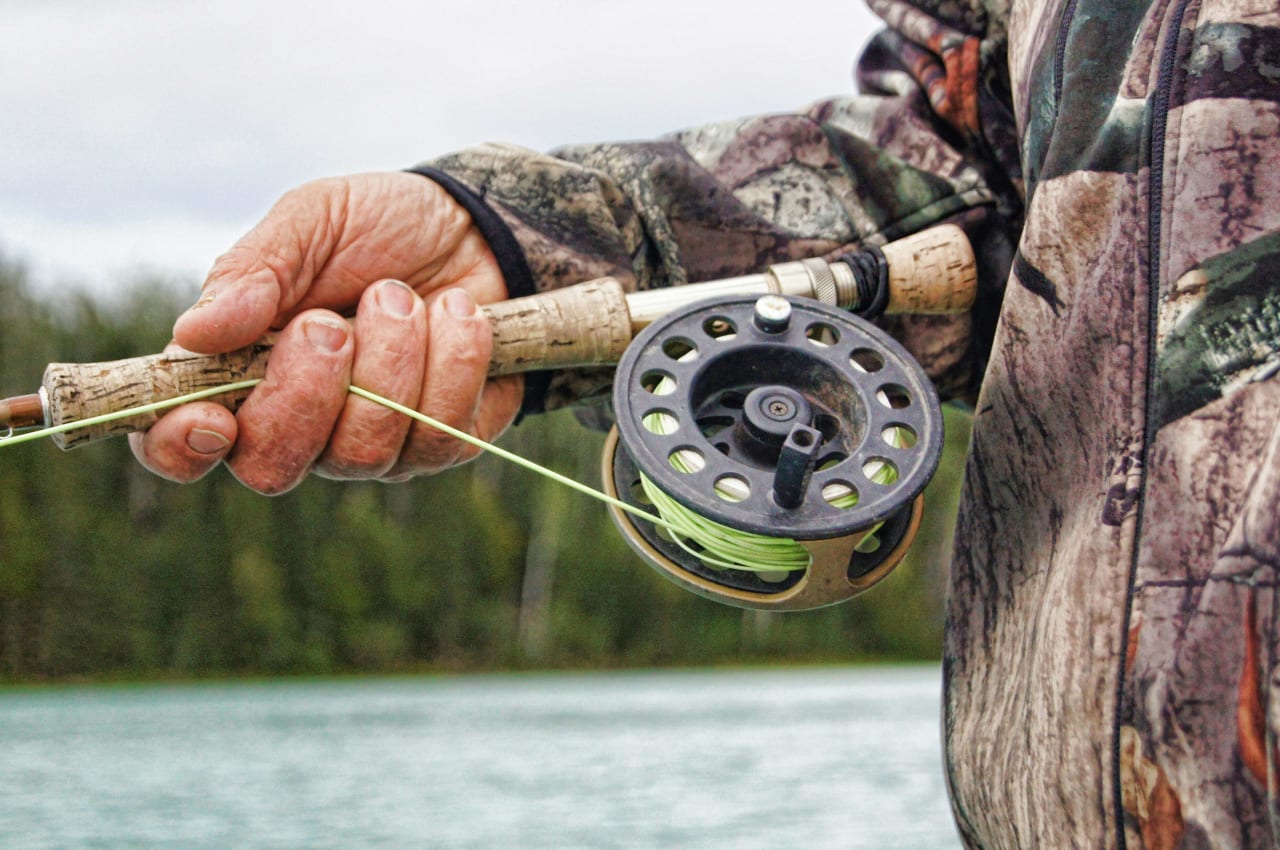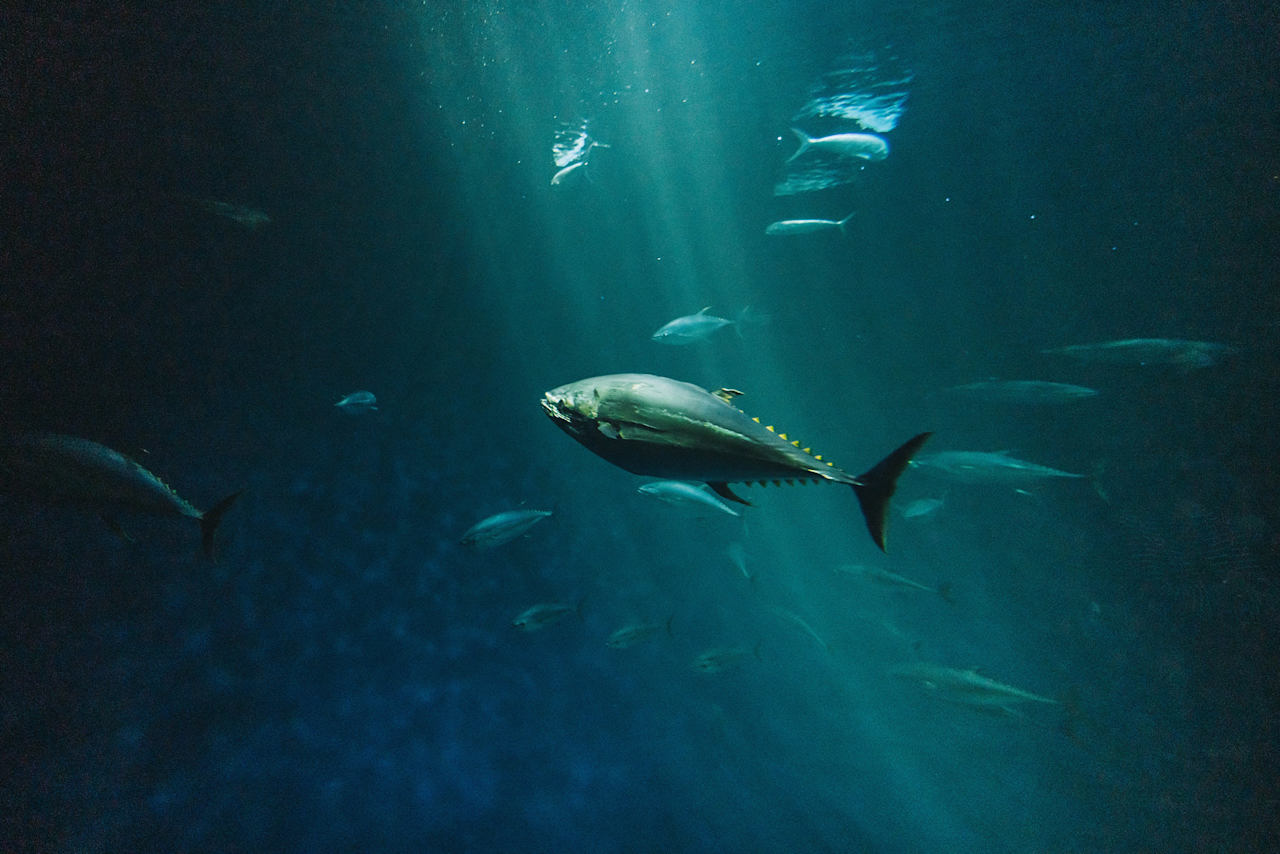Perhaps the best part of an excursion to Ocracoke Island – one of the Outer Banks’ beautiful barrier islands – is the anticipation of what you’ll be seeing, doing, exploring and eating on this island that is accessible only by boat, ferry or small private plane from the mainland. Managed by the Cape Hatteras National Seashore, this 13-mile-long isle of stunning protected beaches, guided walks and historic reference points is one of North Carolina’s most magnificent treasures: not only a pristine natural resource, but also a fun day or weekend trip, no matter what time of the year you visit.
Ocracoke Island History
Although the island’s first residents were a small tribe of native Americans known as the Woccococks (a name that eventurally evolved into “Ocracoke”), English explorers arrived in the Outer Banks in the mid-1500s and small colonial settlements started appearing over the next hundred years or so. Following the demise of looting, marauding Edward Teach – more commonly known as Blackbeard the pirate – in the early 1700s, the community continued to grow as more settlers arrived. A small Confederate fort was bulit on the island during the Civil War – and abandoned when Union troops captured the island – but otherwise the island remained relatively isolated until the mid-20th century.
In the 1940s/50s, NC Highway 12 was constructed, roads throughout the Village were paved, and two ferry routes were established from Hatteras and Cedar Island to Ocracoke. Fishermen, explorers, hunters and vacationers started flocking to the remote island, and today Ocracoke has become a popular destination for both tourists and sportsmen.
How to Get There
Transportation by privately-owned mailboat used to be the only means of transport between the mainland and the island, with the round trip taking as long as 10 hours. Today, however, ferries – including a convenient high-speed ferry – are able to do the crossing in a fraction of that time. In addition, the tiny (and un-staffed) Ocracoke Island Airport, just ouside the Village, allows small private planes to land on a sole airstrip. Private boats are able to dock in the Village’s main marina.
Most visitors to the island arrive via a 30-minute ferry ride (free-of-charge) from Hatteras Village, which runs in the summertime about every 30 minutes. Once you arrive on the island, it’ll be about a 15 minute drive into the Village. A walk-on passenger ferry also runs between Hatteras Village and the Silver Lake Terminal in Ocracoke Vllage three times each day during the summer months. Two other car ferries, from Swan Quarter and Cedar Island, offer just a few trips each day, taking 2-1/2 hours to make the crossing.
The NC Ferry System has added one more option for visitors to the island: the efficient new passenger-only
high-speed ferry operating from the Hatteras Ferry Terminal across the Pamlico Sound to the Silver Lake Terminal, in the heart of Ocracoke Village. The high-speed ferry runs seven days a week between July and September;
reservations are advised.
Fall/winter schedules for all ferries are slightly modified due to the off season of travel.
What To Do On Ocracoke
With six access points on the island, Ocracoke’s magnificent beach – ranked the nation’s no. 1 beach by several travel sites – is wide and unspoiled by human development. The only section of beach with restrooms and showers, parking and a boardwalk is Lifeguard Beach (lifeguards are only present, however, between Memorial and Labor Day), but otherwise the pristine beach is clean and uncrowded. Driving is allowed on certain sections of the beach.
The Ocracoke Island Lighthouse, located on the southern end of Cape Hatteras National Seashore on Silver Lake Harbor, is North Carolina’s oldest (and second oldest nationwide) lighthouse and is a landmark as beloved to history-loving North Carolinians as The Biltmore or Bath. Built in the late 18th century to help sailors as they navigated the Ocracoke Inlet on their way to or from Elizabeth City, New Bern and Edenton, the original lighthouse was constructed on Shell Island – known once as “Old Rock” – before a shift in the channel and two decades of lightning destroyed the building. In 1822, two acres at the lighthouse’s current site were purchased by the federal government and the replacement was built. The 75’ whitwashed lighthouse was originally equipped with a “reflecting illuminating apparatus” inside the lighthouse’s iconic octagonal lantern, but this apparatus was automated in the 1900s and today the electric beam is able to be seen as far as 14 miles away.
Just a few miles north of the Village, the
Ocracoke Banker Ponies – descendants of Spanish horses left behind as ships came and went from, or floundered on, the island in centuries past – play an important role in life on the island. Used by earlier settlers as beasts of burden, later on they were used to patrol the beaches or ride for pleasure. Visitors today are able to visit the horses at the 188-acre
Ocracoke Pony Pens.
With beautiful views of Teach’s Hole (Blackbeard and his entourage once hung out here; his life ended here, too, in an ambush on the pirate and his party in November of 1718) and Pamlico Sound,
Springer’s Point Preserve is the place to go for bird-watchers and nature-lovers. Open from 8am to 6pm each day, hikers are able to explore the 120 acres of maritime forest, grasslands and sound-front beach along meandering trails of this limited access preserve. No parking is available here and the only access is by bicycle or by foot.
Water sports – surfing, fishing, kayaking and boating – are some of the most popular activities on the island, where water temperatures are ideal from May through October for paddle boarding and wind surfing and sportfishing outfitters offer charters and other opportunities for fishing for billfish, wahoo, mackerel, red drum and bluefish. The top beaches for shelling – look for seahorses, shark’s teeth, Scotch Bonnets and sand dollars – are South Point and the less busy Northern Beaches. If hunting is your passion, Ocracoke has a long history of hunting for migrating water birds and ducks.
Getting Around on Ocracoke
Cars or RVs arriving by ferry will find limited parking on the island, so most visitors with a vehicle typically park it and forget it, and choose to explore by tram, bike or golf cart or on foot.
The free-of-charge Ocracoke Village Tram runs a continuous loop around the island, starting at the Silver Lake Ferry Terminal and stopping at eight additonal places between 10:30am and 8pm every 30 minutes between Memorial and Labor Day.
Two of the eastiest – and most fun! – ways to explore the island are by bike or golf cart. Bike racks are common here, as are rental facilities for each. Most places within the village are also easly walked; even beautiful, public Lifeguard Beach is only about a half-mile trek from the Village along NC Highway 12. Offroad vehicles and 4WDs, too, are permitted on Ocracoke beaches, although a permit is required.
Hotels, bed-and-breakfasts, vacation rentals and campgrounds are located throughout the island.










